
Painted in 1961, Saracinesco is among a series of works made by the Cornish artist Peter Lanyon as a result of a trip he made to the hillside region of Italy situated some forty miles to the east of Rome. Lanyon, whose work is forever associated with the landscape of West Cornwall, had found himself increasingly at odds with certain elements of the St Ives school of the period; a small, fractious community which Lanyon perceived had been infiltrated by 'foreigners' who in no small measure had contributed to the battles for governance being played out between the Penwith Society and the St Ives Society of Artists. As a result, he published an essay The Face of Penwith in the Cornish Review, an article that owed, he claimed, much to the ethics of the artist and critic Adrian Stokes, whose concept of 'outwardness' chimed with Lanyon's own, very Cornish sensibilities. Having known Stokes since the late 1930s, he described himself in a letter to the editor of the Cornish Review as 'an artist whose debt to Stokes may never be paid', and quoted the following passage from Stokes's The Quattro Cento of 1932:
'The process of living is an externalisation, a turning outward into definite form or inner ferment. Hence the mirror to living which art is; hence the significance of art and especially as a crown to other and preliminary arts of the truly visual arts in which time is transposed into forms of space as something instant and revealed. Hence the positive significance to man (as opposed to use) of stone and stone building.'
In The Face of Penwith, Lanyon applied Stokes's ideas of revelation, particularly in terms of the landscape of West Penwith, and what, in his terms, he defined as being essentially Cornish. In mining, for instance (a subject which found a rich, continuing seam in Lanyon's work), as well as in in fishing and farming, the industry of Cornwall are construed as a commerce between the Cornishman and what lies beneath; ie, the tin, the fish and the nutrients. This process of delving and drawing to the surface is manifestly apparent in Lanyon's major works of the late 40s and 50's, particularly Botallack of 1952 and St. Just, his masterpiece of 1953. The continuous process of drawing these buried and occluded elements to the surface of the land and sea are aptly mirrored in the works of a painter who knew the form and nature of landscape as intimately, in Tacita Dean's words, as he knew 'his own skin'.
Shortly after the article in the Cornish Review was published, Lanyon and his wife travelled to Italy, where they spent a month visiting the places Stokes had mentioned in The Quattro Cento.'One must follow the Master' he said to Patrick Heron in relation to Stokes and Italy. Whether Lanyon recognised in these very particular landscapes, the process of externalisation that Stokes had identified in his writings is not known, but a series of paintings and drawings were produced by Lanyon as a consequence of his time spent in the hill villages outside Rome. At Anticoli, Lanyon saw an ancient settlement still steeped in a bucolic way of life, where animals and people co-existed side by side, and where the natural cycle of life, death and renewal was mediated by myth and tradition. This cycle was memorialised in Primavera, the largest of the group of paintings made at Anticoli. Painted as Spring came to this mountain region where the villages, and those living in nearby Saracinesco, celebrated its arrival with festivities, reflected by Lanyon in hot, bright colours that vibrate with an energy so consonant with the resurgence of the new season and its cycle.
Lanyon visited Italy for the last time in 1957, arriving in Rome at the end of February. He visited Lake Nemi and Albano, and returned to Anticoli and Saracinesco. Over the next year, he made pictures related to these specific places. In 1961, after an affair had ended, he returned to the subject of Saracinesco, and began work on the last and perhaps greatest of his Italian series, writing of it as:
'A celebration of a high place and beyond where not only fireworks but moon rockets search for things beyond the primitive proportion of an Italian hill town. The fiesta and the sacrifice are still a part of our behaviour...'





















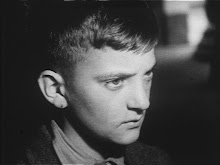









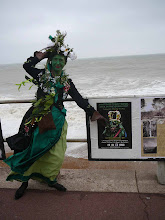






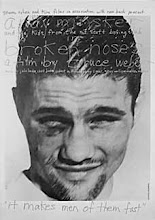
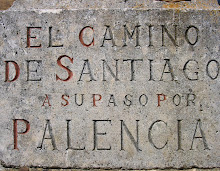

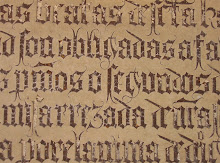

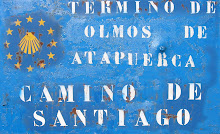



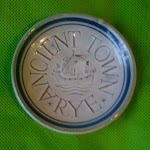
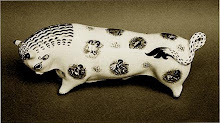
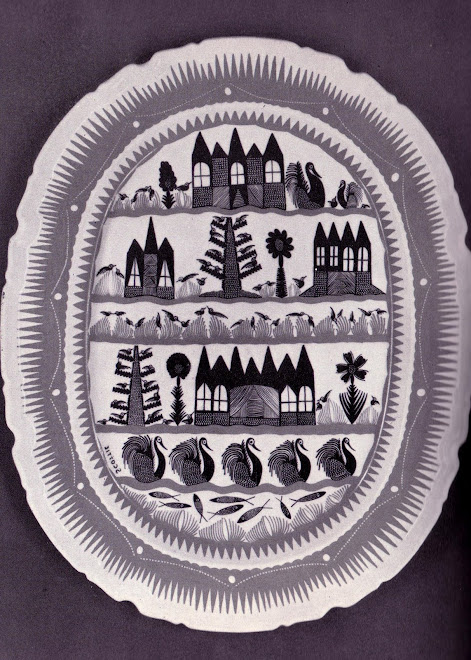
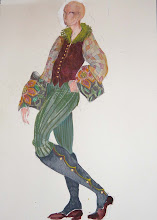

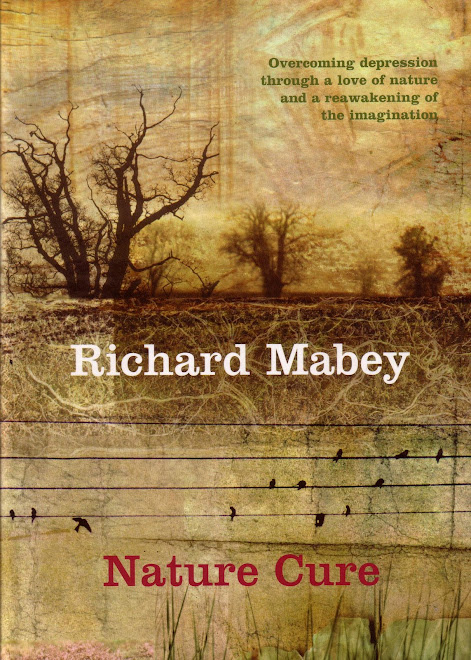



Interesting. I knew nothing at all about him...
ReplyDeletechenlina20160427
ReplyDeletelouis vuitton outlet online
true religion jeans
coach factorty outlet online
coach outlet
ray ban sunglasses
cheap ray ban sunglasses
tiffany and co
kate spade
celine handbags
kobe 10
tory burch handbags
hollister kids
coach outlet
louis vuitton handbags
cheap ugg boots
michael kors outlet store
coach outlet
kobe 9
cheap oakley sunglasses
nike basketball shoes
jordan 3
true religion jeans
coach outlet store online clearances
coach outlet
ray bans
christian louboutin sale
ray ban sunglasses
oakley sunglasses
fitflops shoes
canada goose jackets
coach factorty outlet
kate spade handbags
coach outlet store online
cheap oakleys
nike outlet
instyler max
louis vuitton outlet
louis vuitton
christian louboutin shoes
michael kors uk
as